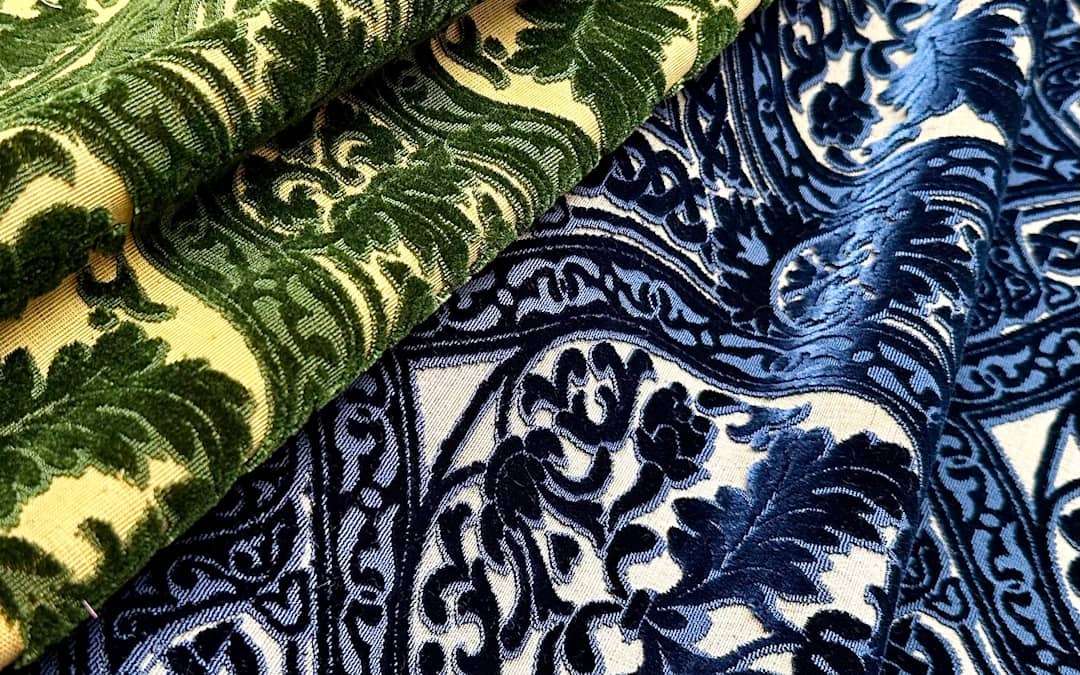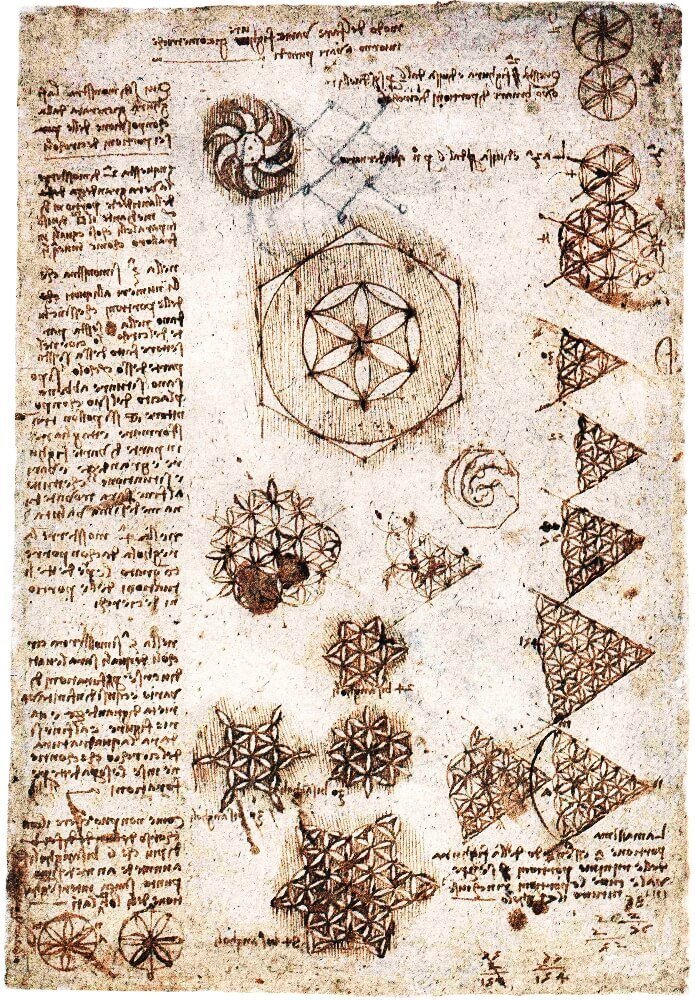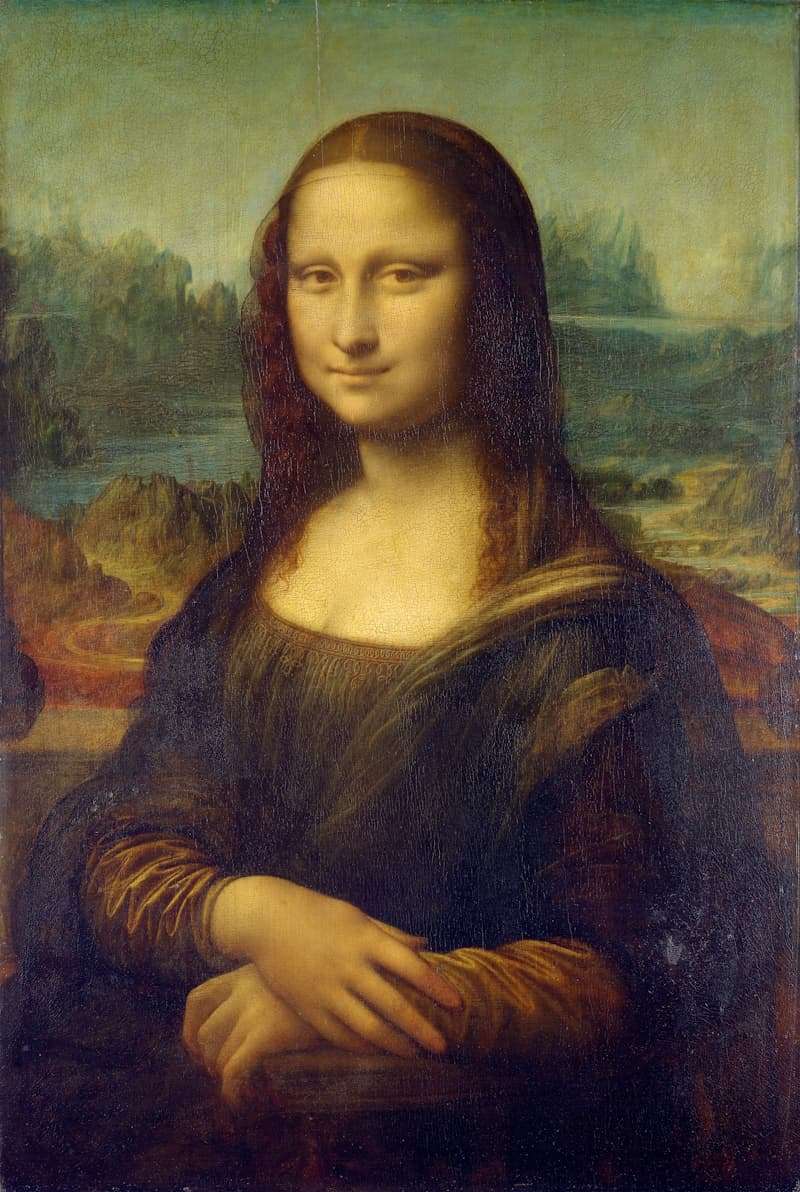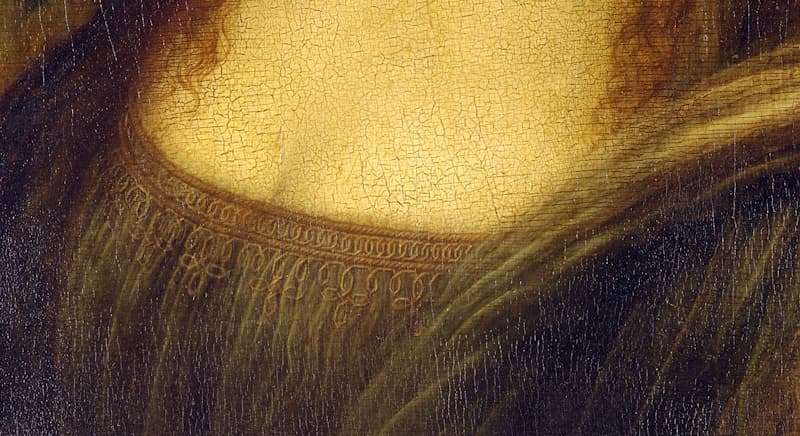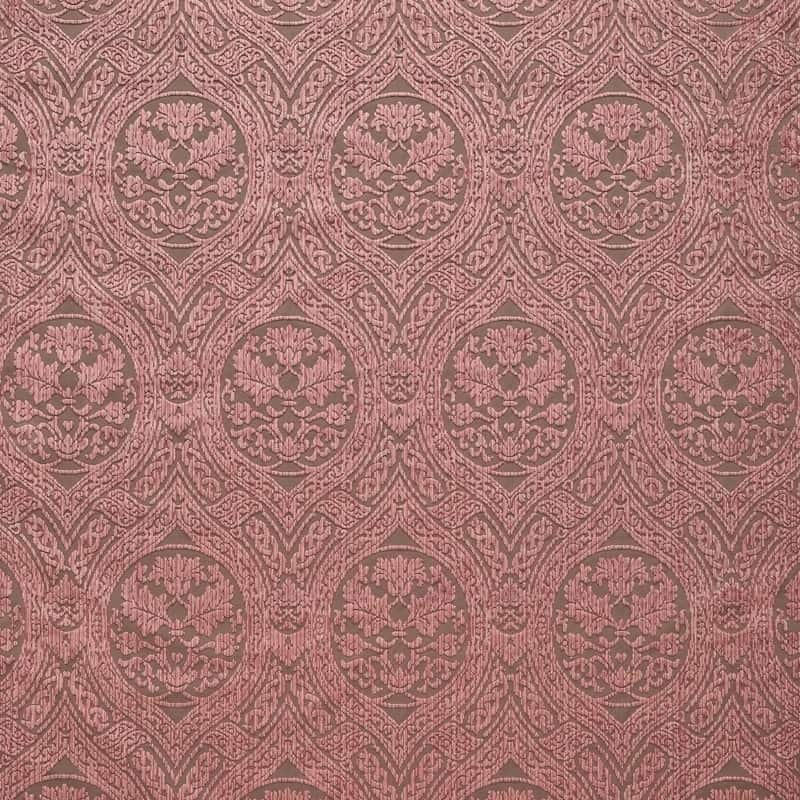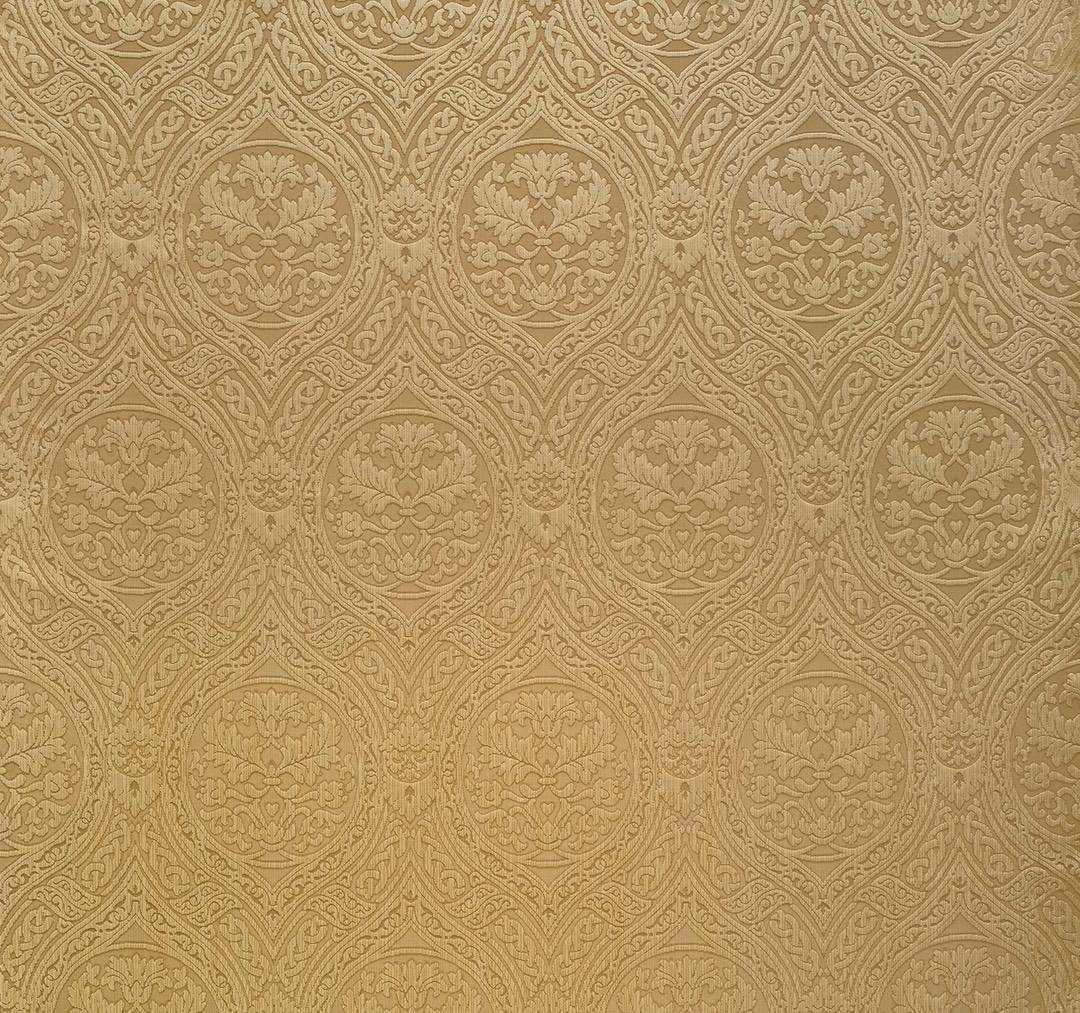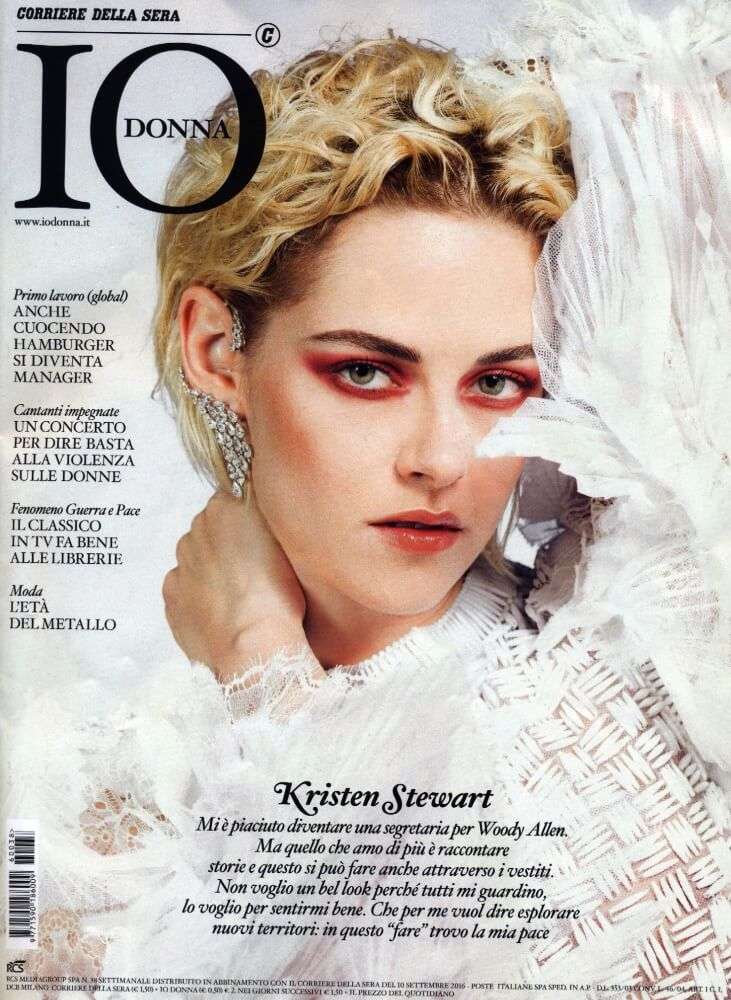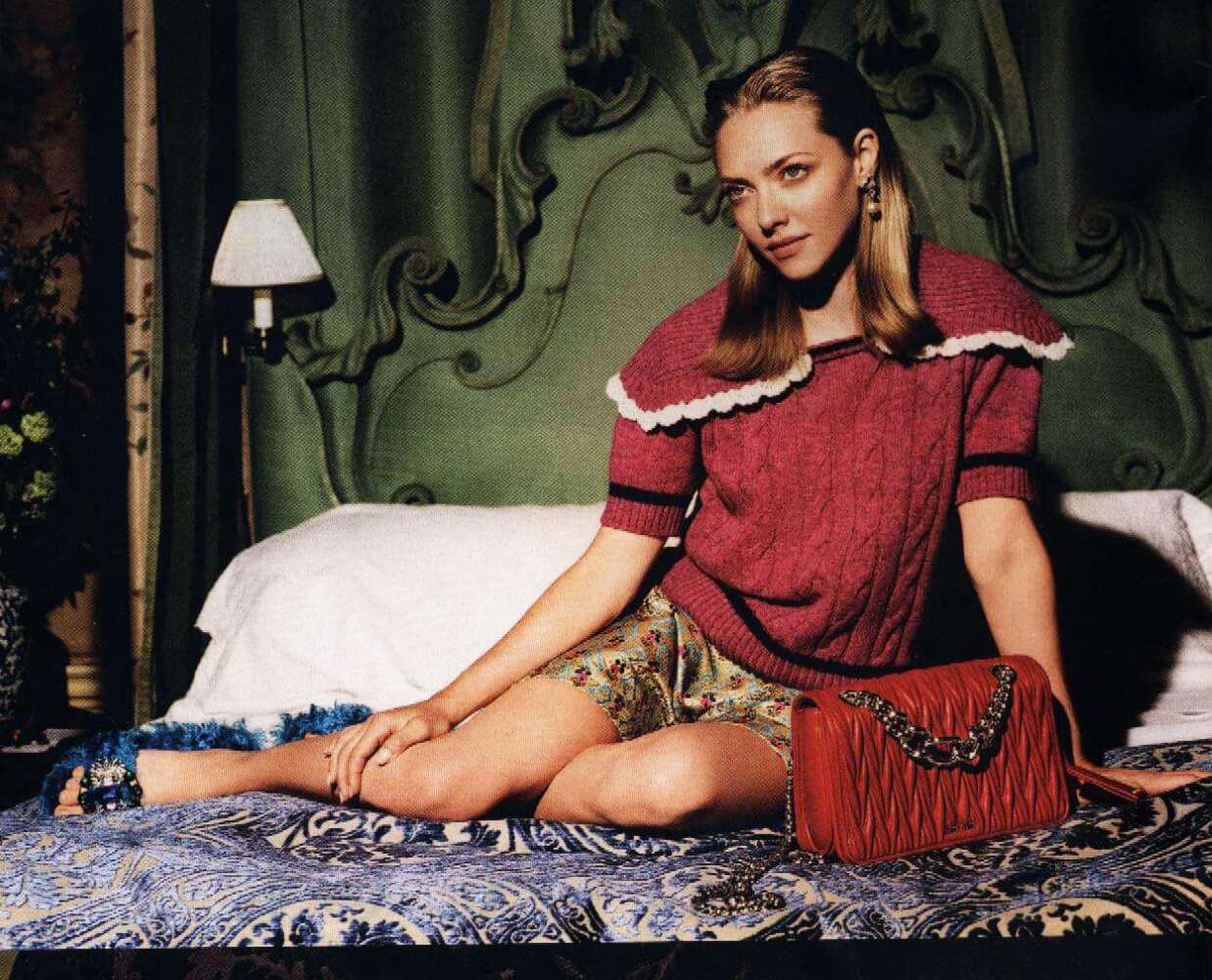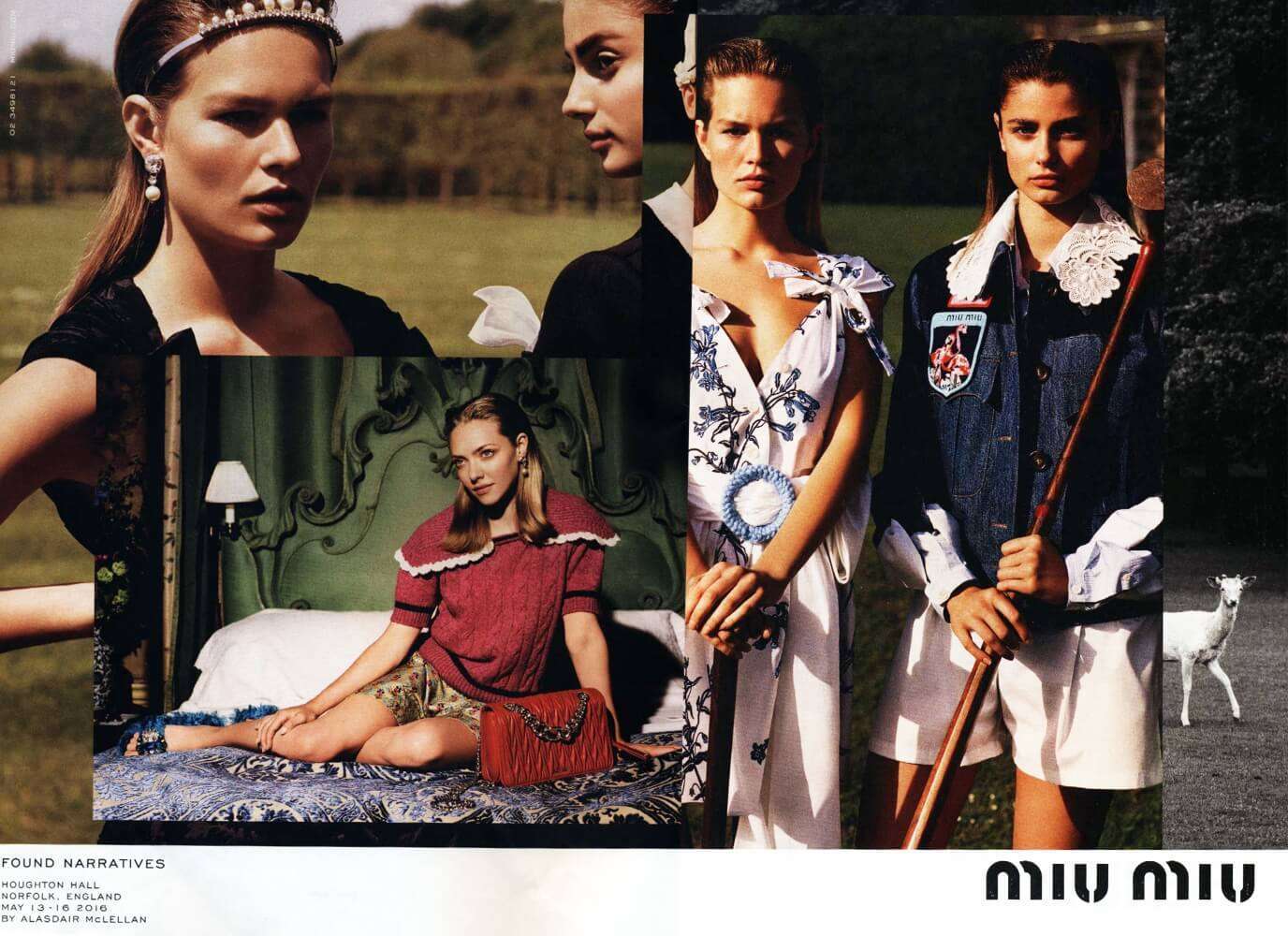More than 500 years after Leonardo Da Vinci’s death, we celebrate this amazing Renaissance artist and inventor by talking about his contribution to the textile industry, as manifested in the velvets that bear his name.
Leonardo And the World of Textiles
We are all familiar with the intensity of the eyes of his paintings, the effect of blurred landscapes in the distance, the enigmatic Mona Lisa’s smile, and his brilliant inventions. What we may not all know is his contribution to the textile industry.
Leonardo lived at the court of the Sforza family, in Milan, from 1482 to 1500, where he created some of his masterpieces such as The Last Supper and The Lady with an Ermine. He made some important improvements to the mechanical loom, creating perfectly functioning machines. Both to improve these machines and to paint clothes, Leonardo carefully studied every aspect of fabrics in depth: their drapery, their ability to reflect light, and especially their patterns.
Leonardo Da Vinci’s Fabric Patterns
Among Leonardo Da Vinci’s many works, there is also the design of a motif that recurs in his paintings and is also used in frescoes, embroidery, textiles, leather, weapons and jewelry. So much so, that at the end of the 15th century, at the court of Milan, it created a real fashion, that of the “vinci”.
In the Codex Atlanticus, a manuscript dating back to the years 1478 – 1518 containing many of Leonardo’s drawings and his notes on various subjects, there are six different interlaced motifs that were among the most popular patterns in Milan in the late 15th century. They weren’t just used on clothing. Such patterns decorated belts, sword hilts, book covers, and more.
Codex Atlanticus, folio 495r.
One of these motifs, which inspired a precious Bevilacqua velvet, has been handed down to us because it was turned first into an engraving by one of Leonardo’s pupils and then, between 1505 and 1507, into a woodcut by Albrecht Dürer. The latter’s work allowed Leonardo’s interlaced roundels to be spread throughout Europe.
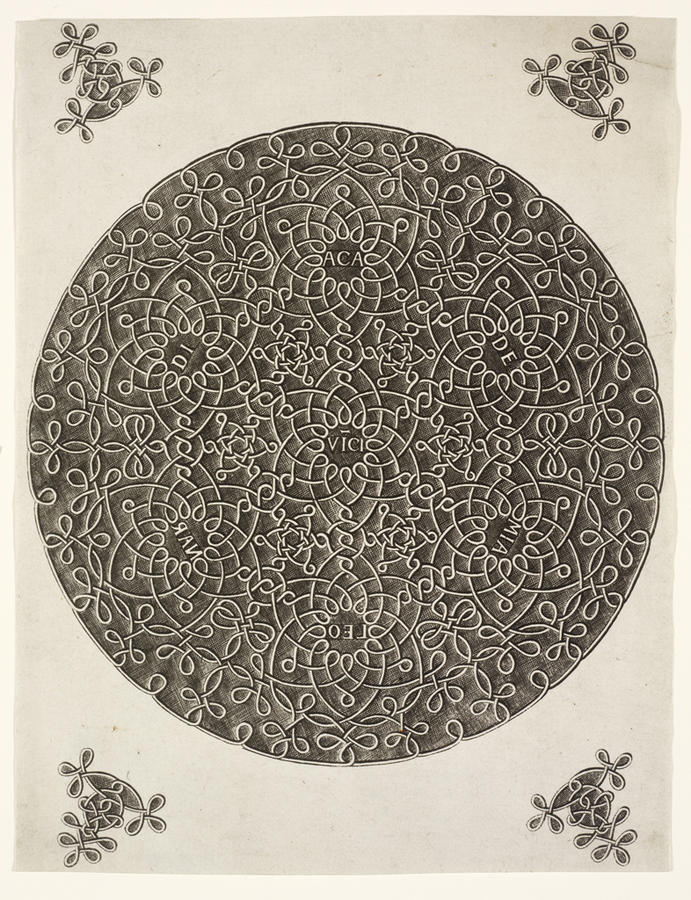
Interlaced roundel with seven six-pointed stars, Leonardo Da Vinci.
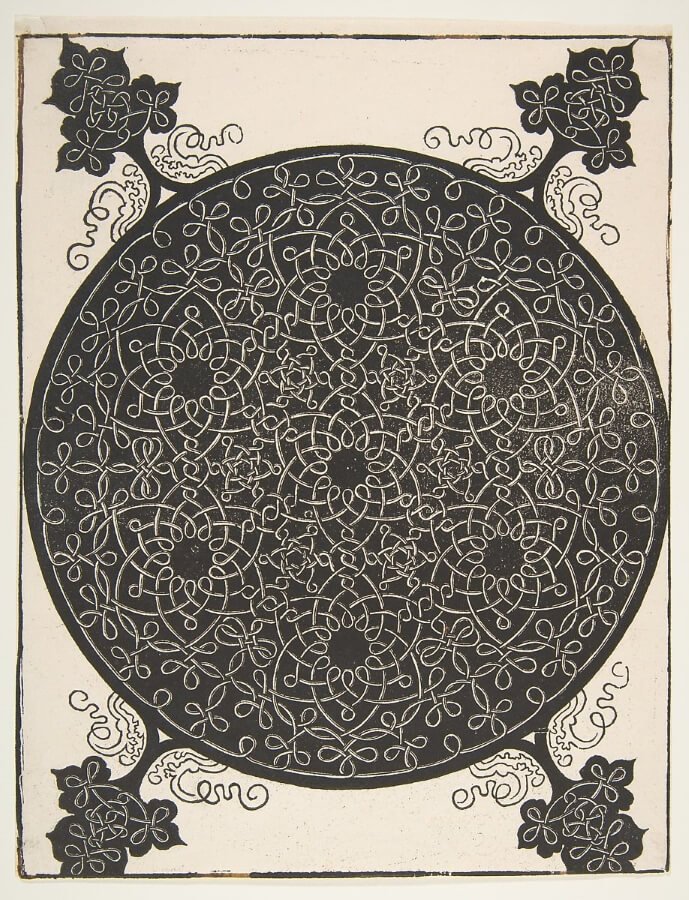
Interlaced roundel with seven six-pointed stars, Albrecht Dürer.
Vinci As Pattern for Precious Fabrics
The vinci, or knots, invented by Leonardo Da Vinci are named after the purple willows typical of the artist’s city. Perhaps the knots, which later became the symbol of the Da Vinci Academia, originated from the custom of weaving baskets from the pliable twigs of these trees or in their use for binding vines.
They consist of a continuous line forming a circular drawing made up of various plaits, whose base could be the cross of Saint Andrew – Vinci’s patron saint – combined with the symbol of infinity. This can be seen on the hem of the Lady with an Ermine’s dress, dated between 1488 and 1490, but most clearly in the fresco covering the vault of the Sala delle Asse in the Sforza’s Castle in Milan, painted in 1498. Here Leonardo created a sham bower formed by the branches of sixteen flowering trees, which intertwine in the vinci.
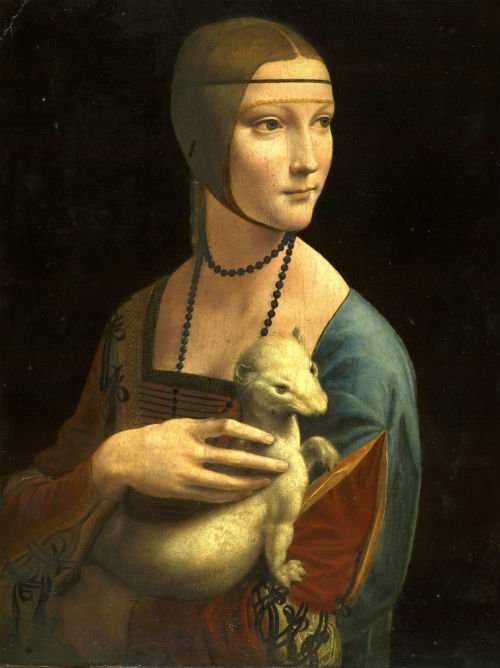
Lady with an Ermine, Leonardo Da Vinci
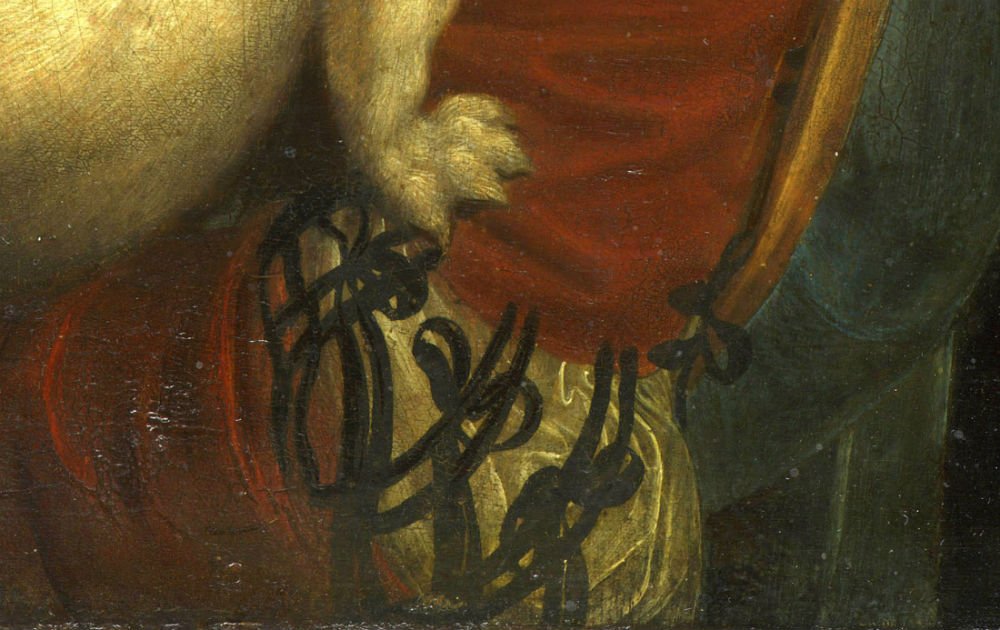
Lady with an Ermine – Detail
Like many portraits of the nobles of the Court of Milan, these knots were one of the most popular patterns for luxury fabrics at the end of the 15th century. But since they were mostly used on women’s dresses – even Mona Lisa’s, on the hem of her bodice – they are usually interpreted as a reference to the bond between lovers, or to the idea of “winning” (since Vinci has the same spelling in Italian as “you win”).
An Example of Precious Fabrics with Da Vinci Knots: The Da Vinci Velvets
The knot designed by Leonardo Da Vinci appears in a Bevilacqua velvet, inspired by a Venetian velvet of the late 15th and early 16th centuries, the same period in which the Da Vinci knots appear.
This woven motif, complex but of great elegance and lightness, stands out on velvet thanks to the softness, brightness, and vibrant colors of this fabric. Made from a variety of fibers, including silk and cotton, it reflects light in a unique way thanks to the dense pile surface. We offer three beautiful types of Da Vinci velvet in our catalog, depending on the type of finish.
The Da Vinci 39243D Velvet in cotton, the Da Vinci 39243S Heddle Velvet in silk and cotton, are available in many color variations.
Finally, the precious Da Vinci 3243-A2 Soprarizzo Velvet in pure silk.
Venetian soprarizzo is the most exclusive velvet in the world, of whose production we have remained the only heirs. Composed of cut and curly velvet, it creates extraordinary effects of chiaroscuro and depth. Its production, on original 18th-century looms, is complex and requires precision and physical strength, knowledge, and skills honed by our weavers through years of practice. Each soprarizzo velvet is unique, the result of the highest level of craftsmanship. These characteristics make Da Vinci soprarizzo velvet a masterpiece of great value and beauty.
Whether for furnishing fabrics or haute couture dresses, Da Vinci velvet is a prestigious fabric that enhances any project with its beauty and exclusivity, adding a Renaissance touch with its Da Vinci knot pattern.
Da Vinci Soprarizzo Velvet – Antique Green Silver
Da Vinci Velvet on Social Media and in the Press
Visualizza questo post su Instagram
Visualizza questo post su Instagram
Visualizza questo post su Instagram
Io Donna (Corriere della Sera) 09-2016

